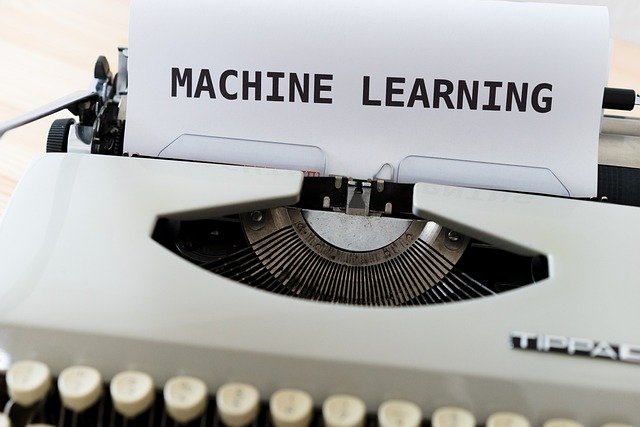Machine learning methods are a set of tasks aimed at testing hypotheses, finding optimal solutions using artificial intelligence.
There are three methods
Supervised learning: In this case, an array of data on a specific task is loaded into the analytical system and a direction is set – the goal of the analysis. As a rule, you need to predict something or test some hypothesis.
For example, we have data on the income of an online store for six months of operation. We know how many products were sold, how much money was spent on attracting customers, ROI, average check, number of clicks, bounces and other metrics. The task of the machine is to analyze the entire data array and issue a forecast of income for the upcoming period – month, quarter, six months or a year. It is a regressive problem-solving method.
Another example. Based on the array of data and selection criteria, it is necessary to determine whether the text of the letter to the e-mail is spam. Or, having data on the performance of schoolchildren in subjects, knowing their IQ on tests, gender and age, you need to help graduates decide on career guidance. The analytical engine seeks out and checks common features, compares and classifies test results, grades in the school curriculum, and a mindset. Based on the data, it makes a forecast. These are classification tasks.
Unsupervised learning: Learning is based on the fact that the person and the program do not know the correct answers in advance, there is only a certain amount of data. The analytical engine, processing information, itself looks for interconnections. Often we have unobvious solutions at the end.
For example, we know the data on the weight, height and body type of 10,000 potential buyers of jumpers of a certain style. We load information into the machine in order to divide clients into clusters in accordance with the available data. As a result, we will get several categories of people with similar characteristics in order to release a jumper of the desired style for them. These are clustering tasks. Another example. To describe any phenomenon, you have to use 200-300 characteristics. Accordingly, it is extremely difficult to visualize such data, and it is simply impossible to understand them. The analytical system is tasked with processing an array of characteristics and choosing similar ones, that is, compressing the data to 2-5-10 characteristics. These are dimensionality reduction problems.
Deep learning. Deep machine learning is necessarily Big Data analysis. That is, it is not possible to process so much data with one computer, one program. Therefore, neural networks are used. The nature of this training is that a big field of data is divided into small segments, the processing of which is delegated to other devices. For example, single processor only collects information on a task and transfers it further, four other processors analyze the collected data and transmit the results further. The other processors in the chain are looks for solutions
For example, an object recognition system works on the principle of a neural network. First, the entire object is photographed (obtaining graphic information), then the system breaks down the data into points, finds lines from these points, builds simple shapes from lines, and from them – complex two-dimensional and then 3D objects.
For each of these methods, there are various algorithms for adjusting the parameters in order to achieve the best possible agreement with the known data. These algorithms are the real learning processess in machine learning. Examples are gradient escape, reverse propagation, and genetic algorithms.
Some algorithms perform better or worse depending on the purpose of the application. This can also be influenced by data. Some special applications even require modification of the algorithms themselves. In many cases, very good results can be achieved using standard algorithms. In some cases, however, it may be necessary to modify the algorithm or develop your own.
Discover more from TechResider Submit AI Tool
Subscribe to get the latest posts sent to your email.
